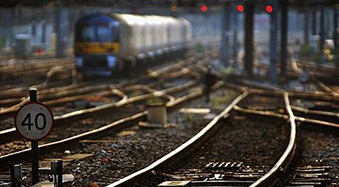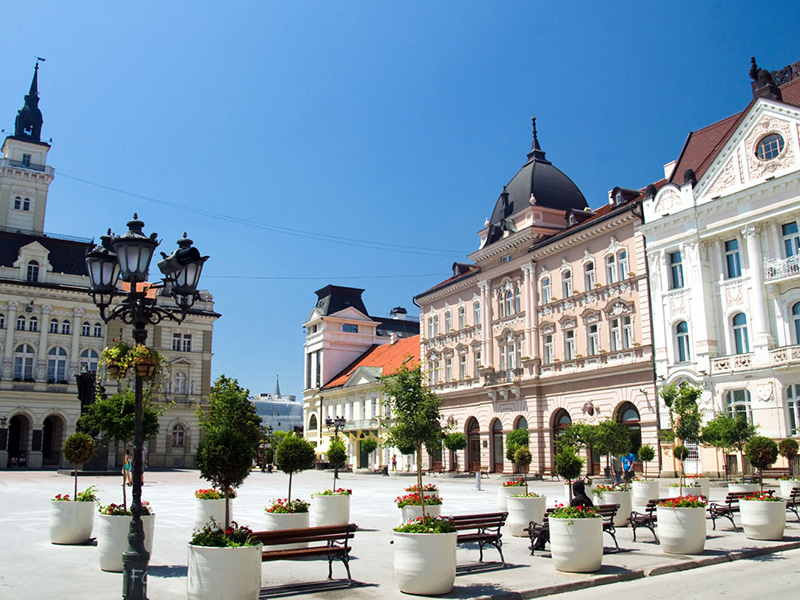
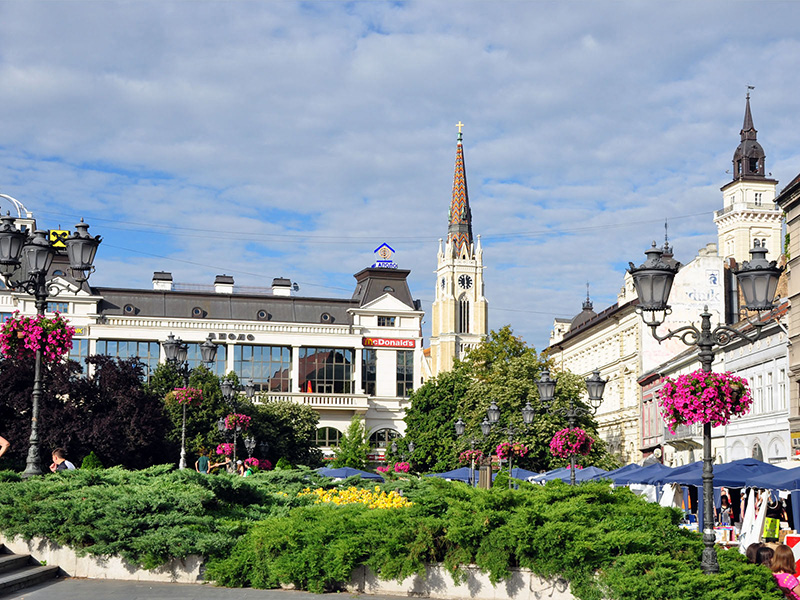
Novi Sad is the second largest city in Serbia. It is the capital of the Autonomous Province of Vojvodina. Also, the city is one of the most beautiful in the country and its beauty and grace owes to its inhabitants who preserved the tranquility of lowlanders and natural kindness even in this era of fast communications.
Almost everyone who visits Novi Sad is taken by its laid-back vibe and easy-going people. The Fortress of Petrovaradin is a historical site and city's landmark. With labyrinth of streets and alleys, wide and straight boulevards, green oases embedded in the city as beautiful parks, the city has a lot to offer. In contrast to many other European destinations, Novi Sad has the reputation of multinational, multicultural metropolis where all differences are seen as advantages.
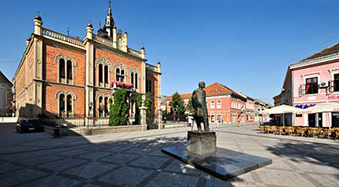
Novi Sad lies on the river Danube with total land area of 699 square kilometres and urban area of 129.7 square kilometres. Today Novi Sad has a population of about 300,000 inhabitants. It’s coordinates are 45˚ 46` north latitude and 19˚ 20` east longitude, and geographically it has a favorable position because it lies on important transit routes.
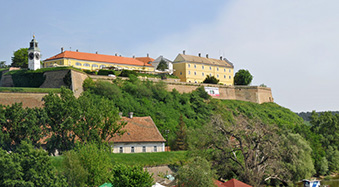
Novi Sad has a temperate continental climate. Springs are short and rainy, and summers arrive suddenly. Autumns have long sunny and warm periods. Winters are not too severe and they have an average of 22 days of temperature below zero and 25 days of snowfall. Characteristic of the local climate is the southeasterly wind called Košava. It blows from the Carpathians in autumn and winter for a short period of time and brings dry and clear weather.
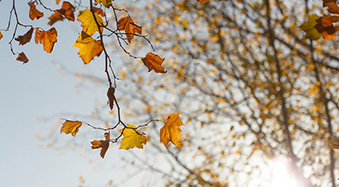
The city was founded in 1694, when Serb marchants formed a colony across the Danube from the Petrovaradin Fortress, a Habsburg strategic military post. In 18th and 19th century, Novi Sad became an important manufacturing, trading and cultural center. In the 1848 Revolution, the city was heavily devastated but it was subsequently restored.
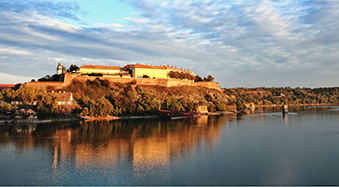
In the 19th century Novi Sad earned the nickname Serbian Athens because the city was the capital of Serbian culture. Almost every poet, novelist, publicist or jurist of that time has lived or worked there in some point of their career. Since 2000, the city is home to the EXIT, the biggest music festival in Serbia and region. Other important cultural events are Novi Sad Samba Carnival, International Novi Sad Literature Festival, Novi Sad Jazz Festival and many others.
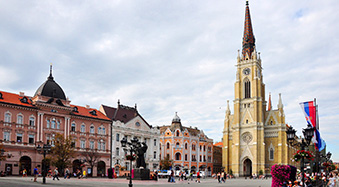
Even though Novi Sad’s night scene does not have as hectic buzz as Belgrade, it has plenty to offer. Those who like clubbing will have splendid time on Petrovaradin Fortress. A small Laze Telečkog street in the downtown pedestrain zone is packed with cafes, clubs and restaurants.
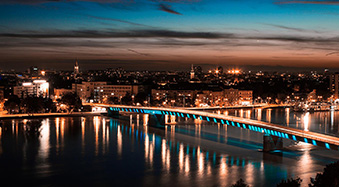
Novi Sad does not have its own airport, but it has easy access to airports in region by public transport. The closest airport is Nikola Tesla International Airport in Belgrade and it is about 80 km far from Novi Sad.
After arriving by plane to Belgrade Nikola Tesla International Airport we can arrange for you transportation services up to Novi Sad and also up to the intercity bus station of Belgrade. Please send a request via our link
or
How to reach Intercity bus station of Belgrade please go to above link again to see the details
It is worth to have a look our tour to Sremski Karlovci and Novi Sad in the northern Serbia.
